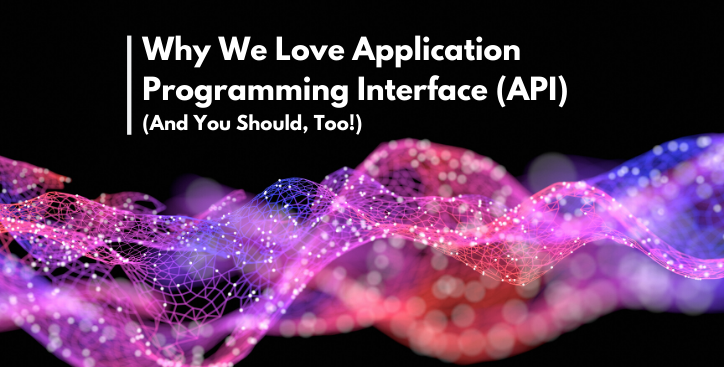Why We Love Application Programming Interface (API)
By The Console Connect Team|6 November, 2019

Topics:
By The Console Connect Team|6 November, 2019

Developments in network interconnection mean carriers are better able to support the digital evolution of organizations with a new level of agility and control, allowing businesses to self-service and manage their network, cloud connections, and communications services on-demand and in real-time.
Growing your network as you grow your business is an achievable reality, by spinning up connections via a web-based console or through your own interface by integrating applications directly via an API. Indeed, when it comes to dealing with some of the high volume transactional elements of the telecoms business, APIs are essential for making the process less cumbersome and tedious.
Divesh Gupta, Vice President Technology and Sales operations, PCCW Global, explained how the carrier uses the TM Forum Open APIs to automate, configure, price and quote processes with the customer. Some of the APIs in use today handle:
PCCW Global uses these APIs to enable customers to get quotes for point-to-point and multi-point connectivity services. The APIs also help to automate the inter-carrier process for provisioning the connection.
According to Gupta, the development of interconnection standards is helping streamline the process of two disparate systems talking to each other. MEF’s LSO Sonata API standardization is a key initiative being conducted within the context of the MEF 3.0 Global Services Framework and is part of a broader effort to standardize multiple sets of APIs enabling service automation across multiple providers and over multiple network technology domains.
Sonata is a key element of on-demand networking, such as that offered by Console Connect, and most of the work to date has been on the provisioning of connections. “The Sonata API covers a lot of aspects from ordering to billing,” said Gupta. “Here we utilize the unique Console Connect SDI capability, with ordering automated using the Sonata API.”
The difference between modern and traditional APIs, is that they used to be built for semi-manual processes only. A human had to go get a quote from a downstream provider. But today, due to pre-provisioning, that capacity check is not needed, so the carrier already has everything in place. It’s ‘point and click’ and turned on right away.
Standards-based APIs make it easier for networks to quickly on-board third-party APIs on to their digital platform and make even more products and services available to end-customers by making the process less cumbersome and tedious.
APIs are essential to the autonomous control of network interaction with one another’s SDN architectures in near real-time, enabling orchestrated on-demand services over fully automated and interconnected networks.
©2025 PCCW Global. All Rights Reserved.